Sources and levels of protein in pacu fingerling diets in Brazil
Freshwater fish culture in Brazil has been expanding steadily during the last decade, mainly involving tropical native species. Pacu (Piaractus mesopotamicus) and tambaqui (Colossoma macropomun) present great potential for more intensive production.
The former species has excellent organoleptic qualities, easily adapts to grow-out tanks and ponds, and also has demand in the sportsfishing sector. In nature, pacu have diverse feeding habits that change seasonally. Published literature reports pacu stomach contents include mostly leaves and other plant matter, and some fish remains. Because of the species’ natural feeding habits, it is relevant to evaluate the use of vegetable protein in aquafeeds for pacu culture.
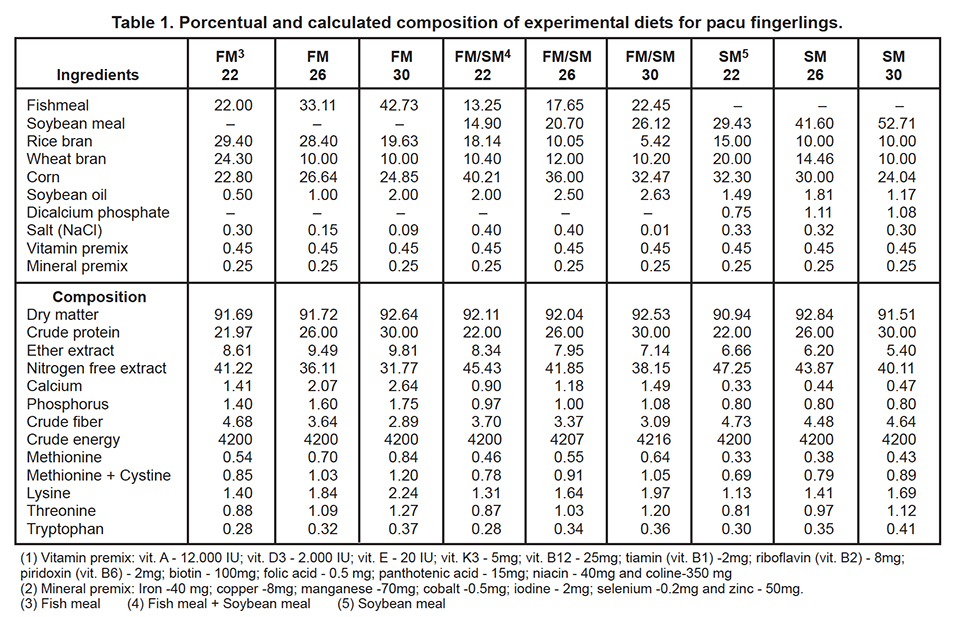
Fishmeal replacement
Fishmeal is a typical ingredient in many aquafeeds, because of its high nutritional value and palatability. However, the high cost of fishmeal has motivated nutritionists to search for alternative sources of protein.
A study conducted at the Aquaculture Center of the Universidade Estadual Paulista (UNESP) in Brazil evaluated the replacement of fishmeal by soybean meal, and determined protein requirement levels for formulated pacu diets.
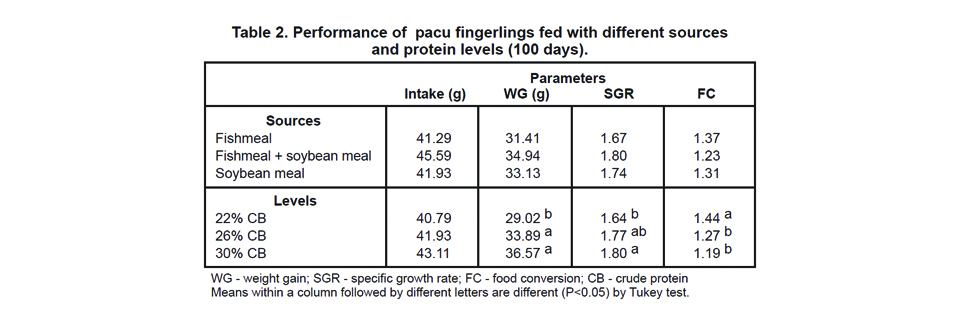
UNESP trial
The experiment used 4.6- to 11.3-gram fingerlings held in aquaria at 8 fish per 100 liters for 100 days. Water parameters (temperature, dissolved oxygen, pH, alkalinity, and conductivity) were maintained at levels adequate for the species.
The experimental design consisted of randomized blocks with nine treatments tested in a 3 × 3 factorial design. Three sources of crude protein were used: 100 percent fishmeal, 50 percent fishmeal plus 50 percent soybean meal, and 100 percent soybean meal. Three protein levels (22, 26, and 30 percent percent) were used (Table 1). Fish were fed pelletized diets ad libitum four times a day.

Results
Results (Tables 2 and 3) indicated that fishmeal can be partially or totally replaced with soybean meal in pacu aquafeeds. These results are relevant to promote better, more cost-effective diets to support further pacu culture activities in Brazil and other countries.
Replacement in the experimental diets did not significantly affect weight gain, feed conversion, specific growth rate or protein efficiency rate of pacu fingerlings. The replacement also did not affect fish body composition, nitrogen-retention efficiency, or body nitrogen or fat compositions. A crude protein level of 26 percent produced the best results.
(Editor’s Note: This article was originally published in the April 2001 print edition of the Global Aquaculture Advocate.)
Now that you've reached the end of the article ...
… please consider supporting GSA’s mission to advance responsible seafood practices through education, advocacy and third-party assurances. The Advocate aims to document the evolution of responsible seafood practices and share the expansive knowledge of our vast network of contributors.
By becoming a Global Seafood Alliance member, you’re ensuring that all of the pre-competitive work we do through member benefits, resources and events can continue. Individual membership costs just $50 a year.
Not a GSA member? Join us.
Authors
-
João Batista Kochenborger Fernandes, Ph.D.
Centro de Aqüicultura
Universidade Estadual Paulista
Jaboticabal/SP, Brasil -
Dalton José Carneiro, Ph.D.
Centro de Aqüicultura
Universidade Estadual Paulista
Jaboticabal/SP, Brasil -
Nilva Kazue Sakomura, Ph.D.
Faculdade de Ciências Agrárias e Veterinárias
Universidade Estadual Paulista
Jaboticabal/SP, Brasil
Tagged With
Related Posts
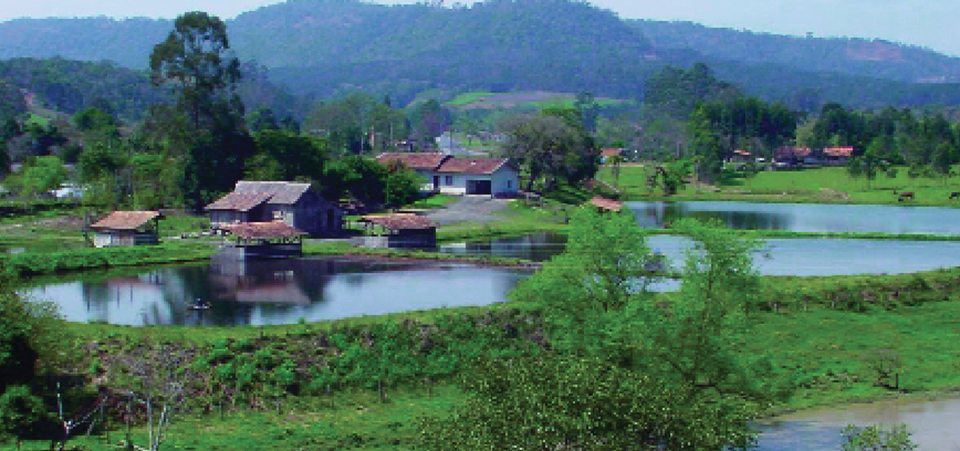
Responsibility
Brazil’s inland aquaculture
Freshwater fish culture is practiced in every state in Brazil, primarily at small-scale earthen pond facilities, but tilapia culture in reservoir cages is increasing.
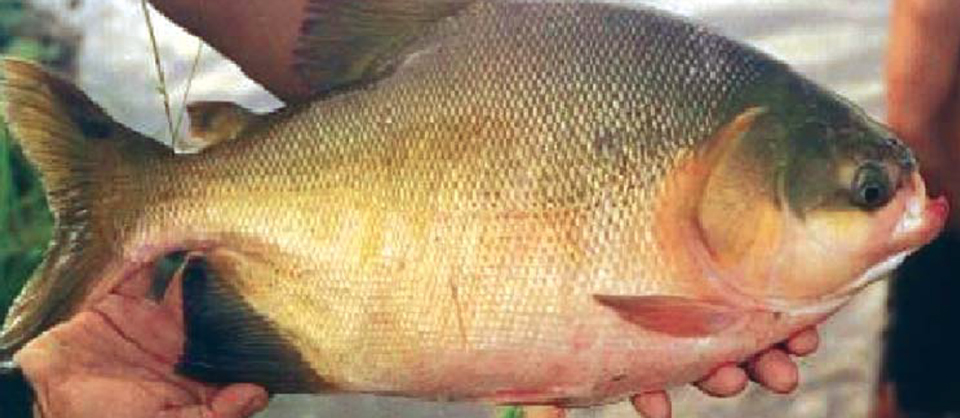
Health & Welfare
Live diets for pacu larvae tested in Peru
Study in Peru that evaluated three food sources for larval pacu shows that water fleas appear to be a cost-effective substitute for artemia.
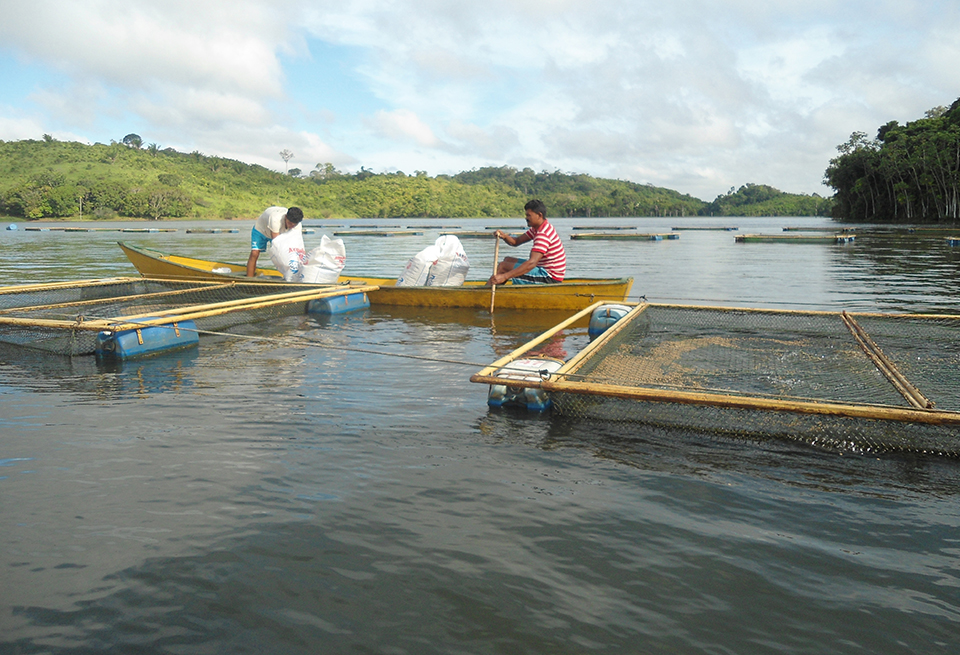
Innovation & Investment
Aquaculture planning, development in Brazilian federal waters
The aquaculture industry in Brazil is moving toward further expansion with the support of the federal government. A key strategy of the More Fishing and Aquaculture plan is the development of aquaculture in federal waters. The plan promotes sustainable development of fisheries and aquaculture by linking those involved and consolidating state policies addressing social inclusion, security and food sovereignty. Tilapia is the main farmed fish, although tambaqui and others have potential for large-scale production due to their wide acceptance by consumers.
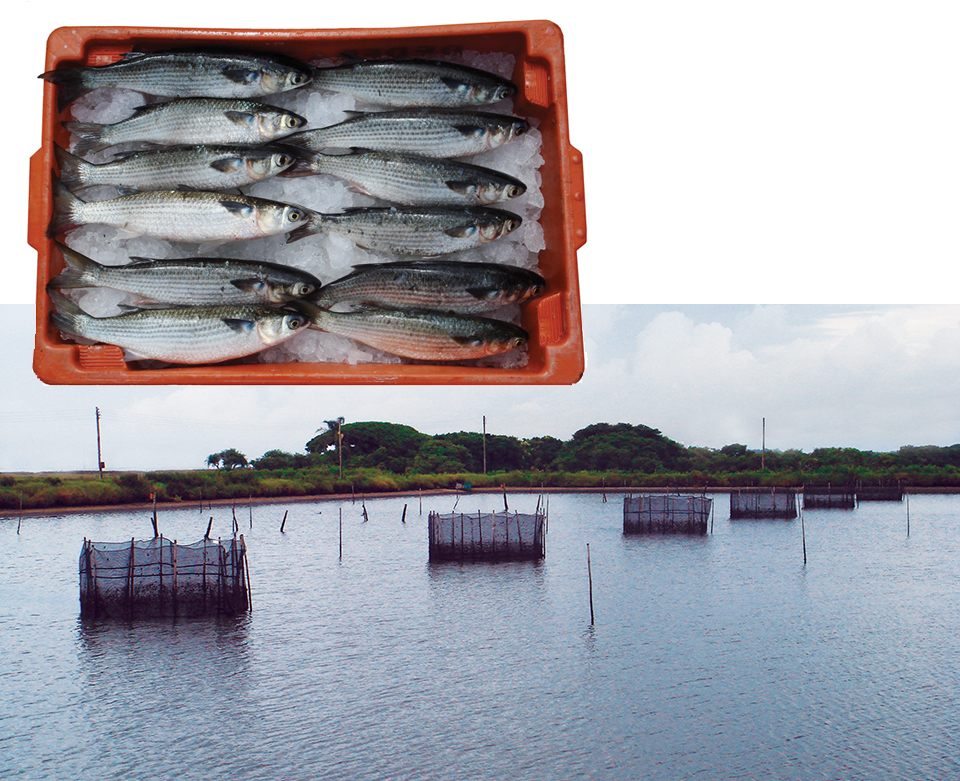
Intelligence
Marine fish culture in Brazil
Marine fish farming in Brazil appears promising. A new cobia research network will support industry growth through standardization, development of technology and training.


